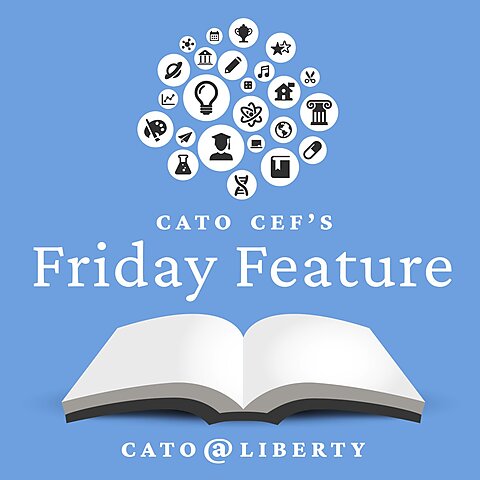Colleen Hroncich
Individualized education is the name of the game at Chesapeake Bay Academy in Virginia Beach. Judy Jankowski, CBA’s Head of School, describes it as completely child centered. “In very traditional schools, there’s a teacher at the front of the room and it’s ‘I’m the teacher. Here’s the assignment. Here’s what I want you to do. Here’s how to do it,’” she says. But at Chesapeake Bay, kids are grouped by ability for core academics and able to work at their individual pace.
“We screen the kids at the beginning of the year and then group those kids according to their strengths and their challenges. And the groupings are fluid. It’s not like you’re in one and then you have to be there all year. It’s, ‘Where are you moving? What do you need at what point?’ And I think that’s the whole mindset here,” Judy explains.
According to Judy, each of the CBA’s divisions has its mission. In the lower school, many of the students lack basic skills and have had bad schooling experiences. “Many of our kids have struggled in school, or they’ve been bullied in school, and it’s just not a happy place to be. So, the first thing we have to do is help them feel good about themselves as learners—confident, you know, and build those basic skills.”
In middle school, she says they’re “learning how you learn.” Students acquire strategies and tools that will support their future efforts. In upper school, the focus is on self-advocacy. “We will do whatever it is you need, but increasingly over the 9th to 12th grade, you need to learn to ask for what you need,” Judy explains. This is important because in college, “nobody’s going to ask you” what you need. “You’ve got to be comfortable with yourself. You have to have the language to advocate for yourself,” she adds.
Like many less conventional schools, incorporating the outdoors is important at Chesapeake Bay Academy, which is located on the campus of Virginia Wesleyan University. CBA has a very close relationship with the university and is able to utilize the grounds, including the Greer Environmental Center, which was built several years ago. The middle school language arts teacher even created a course that is linked to eco-education.
Since Chesapeake Bay Academy is located near naval bases, there are many military families at the school. In 2023, CBA was a semi-finalist for the Yass Prize and used the award to create a virtual program so military families could take it with them if they are transferred. Judy says they’re trying to get it approved by the Department of Defense for funding since DOD’s online program is not designed for kids with special needs.
CBA’s virtual program evolved from its Center for Educational Research and Technological Innovation, which Judy describes as them flipping the lab school concept on its head. Typically, with a lab school, a university has a research agenda, and it utilizes a school attached to it to further that research. But with the CERTI program, “We said we want to work with our teachers to determine what it is they want to know and be able to do better,” she explains. “We conduct research with them in that exercise. And we use an advisory council that is composed of folks from higher education in order to inform the research design and implementation.”
The Chesapeake Bay Academy model is expensive, and most families receive financial aid. Virginia’s Education Improvement Scholarships Tax Credits Program, while relatively small compared to other states, is an important part of that aid. The program, which provides tax credits for individual and business contributions to scholarship organizations, originally had a flat scholarship cap based on the state’s contribution to local public schools.
In 2019, CBA helped get legislation passed that added a multiplier for children with special needs. That allows scholarships to cover actual education expenses up to 300 percent of the state per-pupil contribution, which has really helped CBA families. “We are not a traditional independent school,” Judy emphasizes. “The kids who come to us are socioeconomically, culturally, racially diverse. And neurologically diverse. That’s where we start from, right? Neurodiversity is where all of our kids are connected.”







